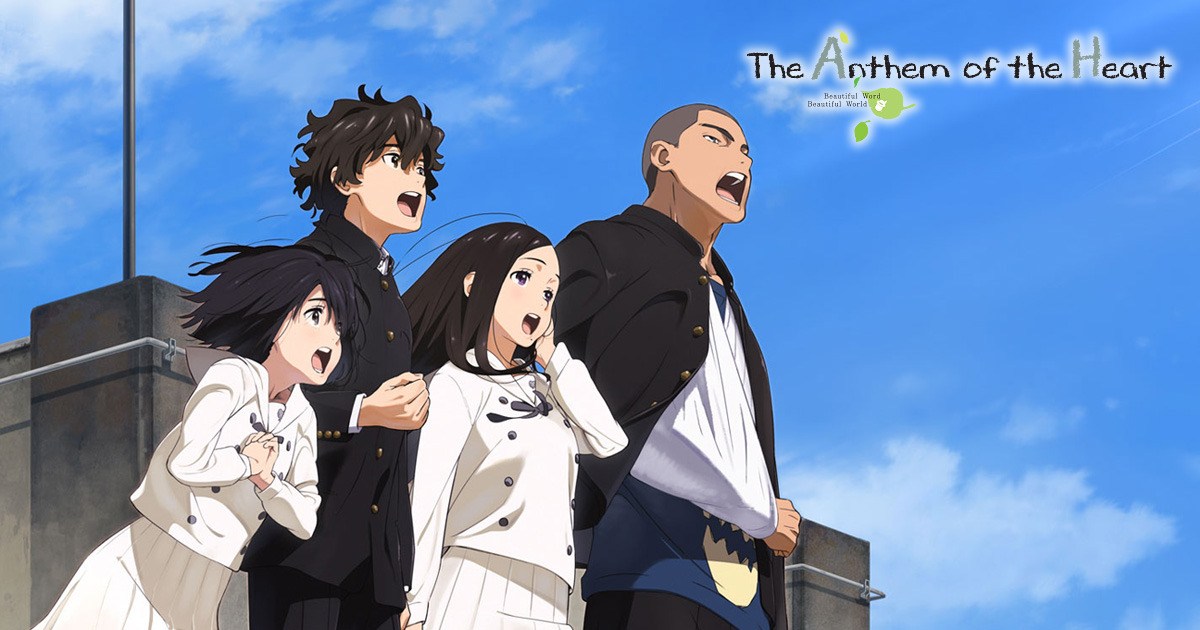Warning: May contain spoilers.
It is a common notion that animated films are for kids and does not appeal to older viewers, unless they are hardcore otakus. But for those who were able to watch The Anthem of the Heart during this year’s Japan Film Festival, Eigasai, can attest that it is not always the case.

The Anthem of the Heart was first released in 2015 by A1 Pictures and created by the same staff that brought you the hit anime series Anohana: The Flower We Saw That Day — film director Tatsuyuki Nagai and writer Mari Okada.
Though the animated film focuses on the lives of four high school students, it is unlike your stereotypical Japanese coming-of-age story. It is both comedic and tough — unafraid to reflect the harsh realities of life.
Reality #1: Words are powerful — it can hurt and it can heal.
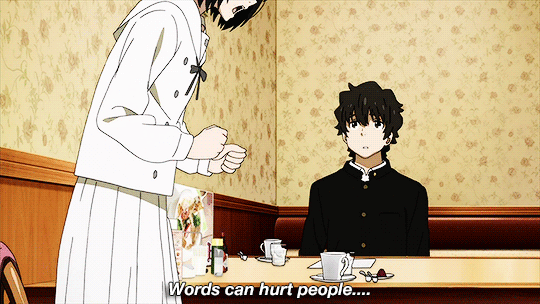
The whole film describes how words have the power to make or break a person. It has the power to hurt and yet, at the same time, an encouraging word can inspire someone for the better. A word, then, is like a double-edged sword — it can hurt and it can heal.
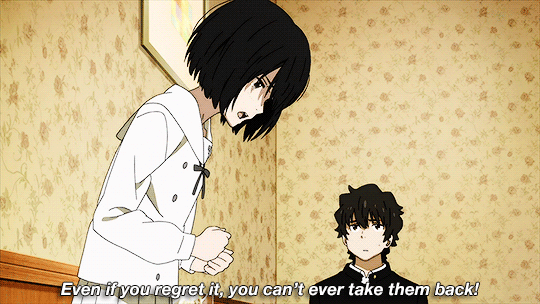
This is well depicted in the animated film. There were many instances that words said carelessly and callously can wound people. One such instance was when Jun’s father blamed his daughter for being talkative and told her that it was her fault why her mom divorced him.
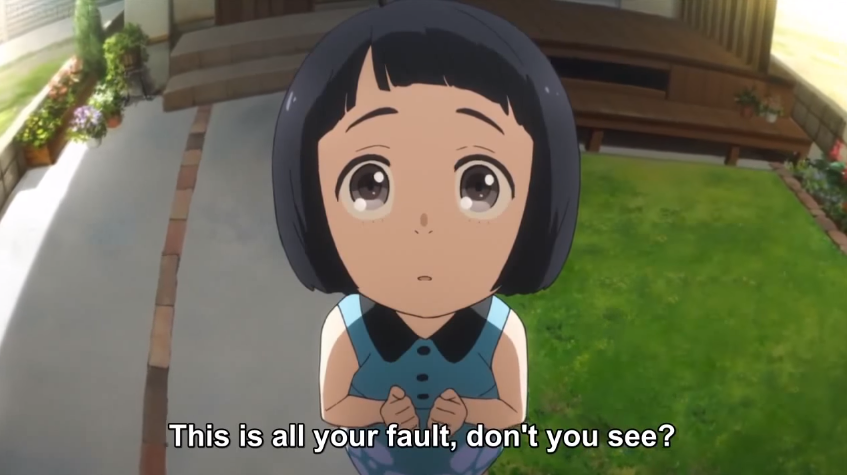
Those hurtful words gave birth to protagonist Jun Naruse’s “mute self”. As she grows up, she kept quiet and stopped communicating to anyone at all.
Yet, in the latter part of the film, Takumi Sakagami, told Jun that he was grateful that he met her because she helped him express what he truly wanted to say. It was “thanks to her” that he had the courage to speak up what was really in his heart.

This time, it wasn’t her fault but it was because of her that her friend was able to overcome his struggles as well. If her father’s words made Jun mute, Takumi’s words gave her back her voice.
Reality #2: Some kids grow up with broken families
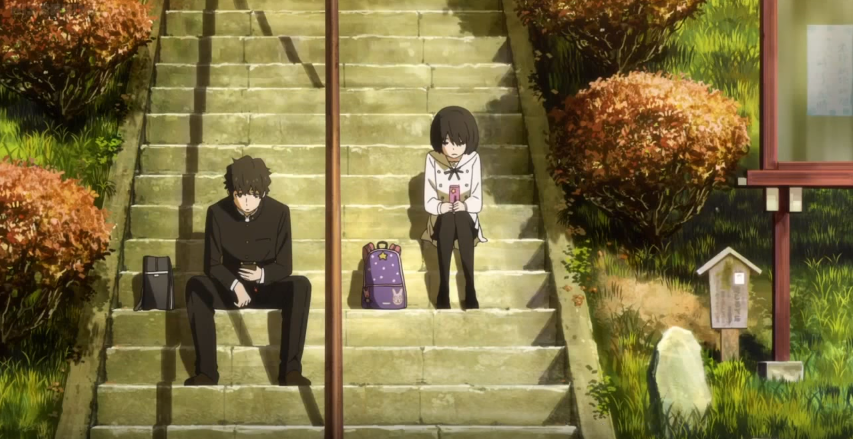
Unlike other coming-of-age films, The Anthem of the Heart did not gloss over difficult family issues. In fact, the protagonists shared the same situation — both of their parents are divorced. Jun lives with her mom but refuses to communicate with her, while Takumi lives with his grandparents because his father is busy at work.
The way these family issues were presented constantly reminds the audience of the harsh reality that the characters were experiencing. In fact, it was very realistic that there was no redemption for either of the characters’ parents, particularly Jun’s. Her dad remained as he is while her mom realized what her daughter’s situation was through the musical play they presented.
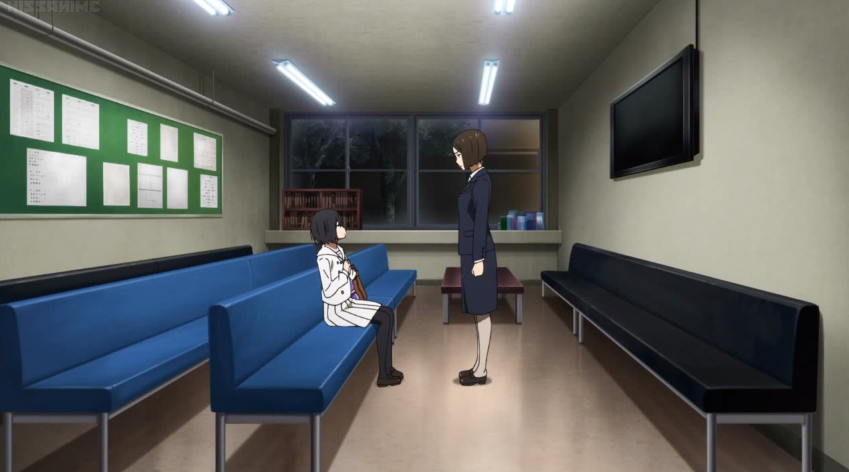
Ideally, one would expect that it would have been better if there was some sort of reconciliation. But in real life situations, things do not always end up like that. The film bravely depicts that sad and messy reality with very little embellishment.
Reality #3: Some people struggle with expressing themselves
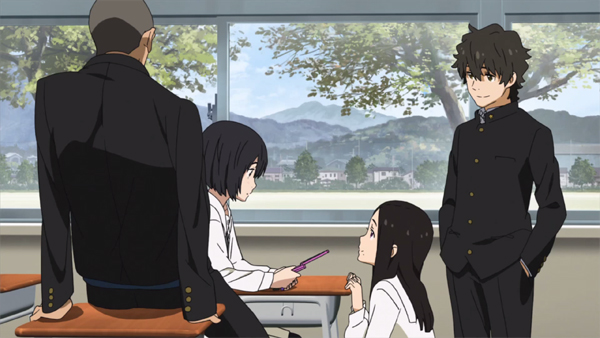
The film debunked a common misconception most people have, which was: talking is equal to communicating. There are four main characters here that you should take note of: Jun Naruse, the mute girl; Takumi Sakagami, the guy who often retreats to his own shell; Natsuki Nito, the cheerleader; and Daiki Tasaki, the injured and bitter star player.
These students found themselves thrown together when they were chosen to be part of the Charity Committee. They realized that each of them struggle with expressing themselves and had to learn to communicate with each other.

Jun, who became mute because of her traumatic childhood experience, had to try to speak up and talk to her classmates using her mobile phone; Takumi and Natsuki had to learn to convey what their true feelings are. They talk, but do not have the courage to communicate what is truly in their hearts. Daiki, on the other hand, learned how to pay attention to other people’s struggles and ask for forgiveness.
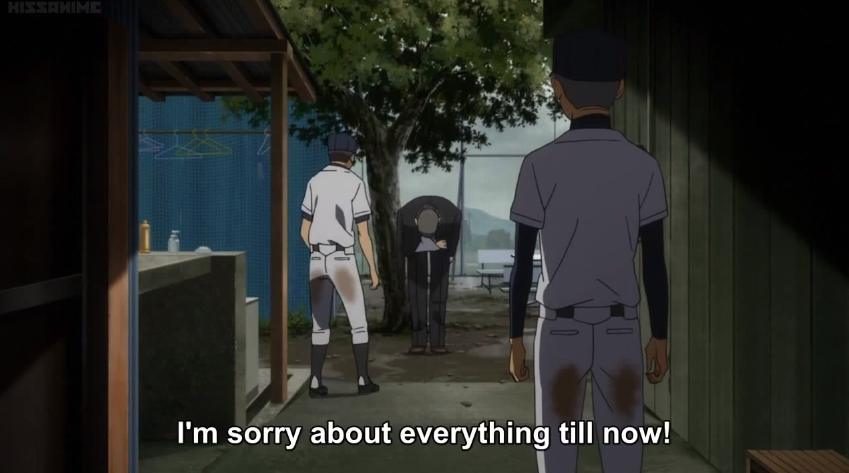
And these are the things that the film centers on — the struggle to find one’s voice and express oneself truly.
Reality #4: Music and miracles can go hand-in-hand.
The film taps into one of the most powerful avenue of expression — music.

When Jun overhead Takumi say that singing can help a person express himself better, she wanted to find out if it was true. With the urging of Takumi, Jun tried it out and learned that when she sings, her stomach does not hurt. This gave her the idea to pursue their teacher’s suggestion to do a musical for the yearly Community Charity Event. She used her experiences as their story and asked Takumi to turn the story into songs.
This was the start of miracles happening in the lives of the characters and of the people around them. As their music teacher believes: music and miracles go hand-in-hand.
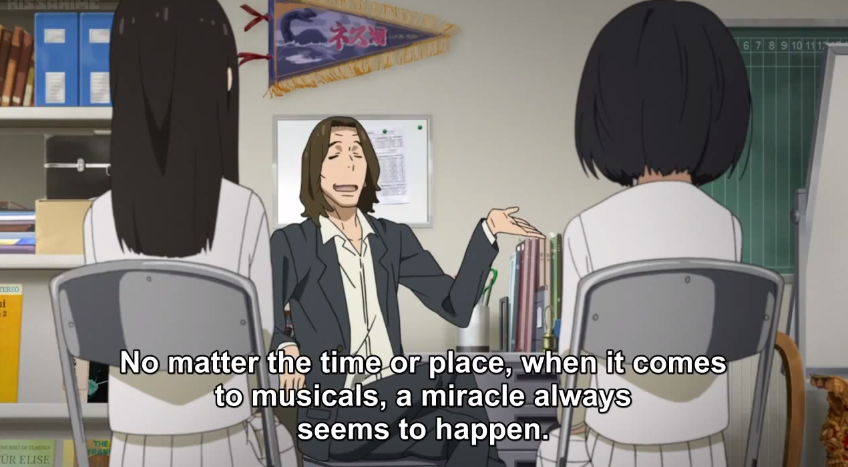
The film showed that music isn’t only a way of expressing oneself to others; it also has a way of bring people together and effecting change.
Reality #5: There is such a thing as unrequited love.
The film did not miss out on one important reality — unrequited love.
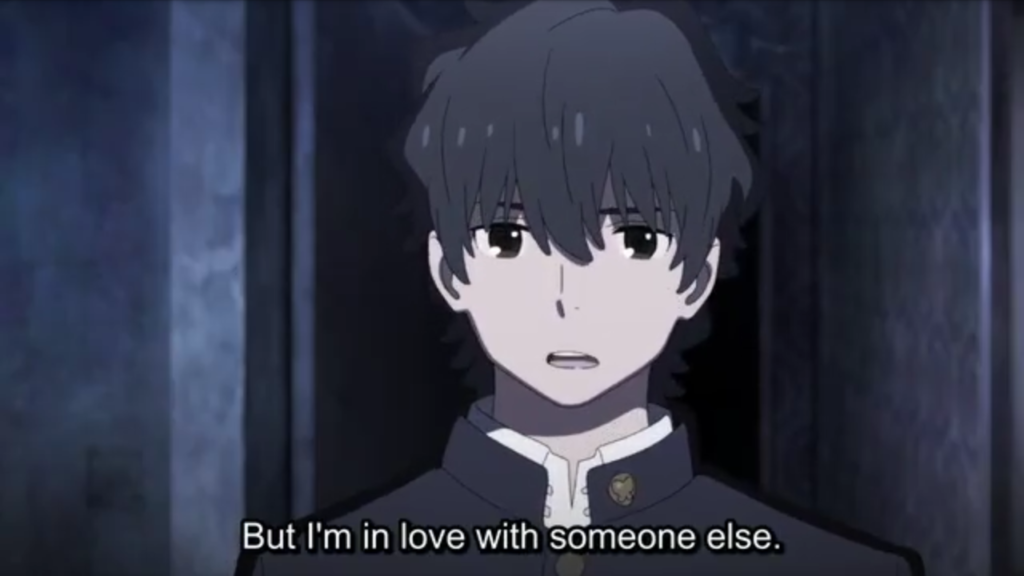
Jun found herself developing feelings for Takumi, with the latter’s actions seemingly leading her on. But Takumi is still in love with his ex-girlfriend, Natsuki. So when Jun confessed her feelings to Takumi and he politely revealed his feelings for Natsuki, it further emphasized the reality of the whole story. It would be great for them to end up together, but we all know, it is not always the case in real life. We all have to face the fact that we will experience unrequited love whether we like it or not.

But the film somehow redeemed that heartbreaking truth with a surprising twist. The athlete, Daiki, ends up falling for Jun and confessing his feelings for her. Who would have thought? It seemed, Daiki paid more attention to Jun! *wink, wink*
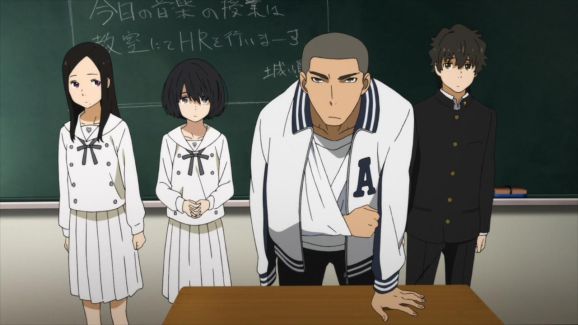
The Anthem of the Heart is definitely one film that will cut through your heart and remind you to truly express what is in your heart.
—
You can watch The Anthem of the Heart at Shang Cineplex Cinema 2 on July 15 and on UP Film Institute on August 19. For the complete film schedule, head over to Eigasai PH.

